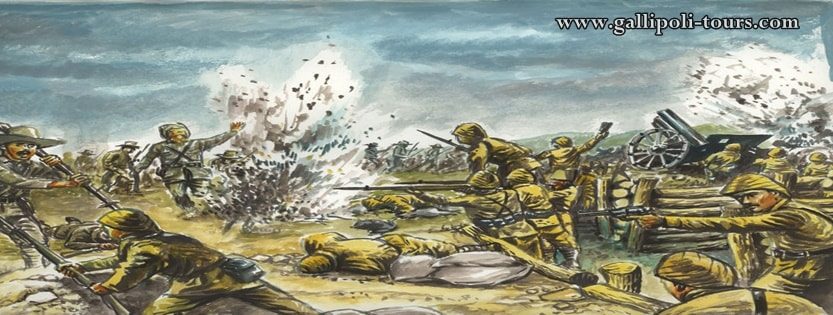Tripolis Antique City
Tripolis Antique City; It is situated between the Yenicekent Town of Buldan District and the Menderes River which is 40 kilometers far from the focal point of Denizli.
The Tripolis Antique City has transported to the Central Anatolia and the Mediterranean with the Curuksu Plain and valleys in the Aegean south-east with the waters prompting toward the west and north. It is 30 kilometers from the antiquated city of Laodikeia in a similar period, which was established in the Curuksu Valley in the south of the city, and 20 kilometers from the old city of Hierapolis.
The correct data about the primary foundation of the old city of Tripolis has not been come to yet. A few records have been found in the Late Hellenistic period, which are called Tripolis, demonstrating that the primary establishment was by the Lydians. Yet, in a few sources, it is expressed that Apollonia is the principal name.
Regardless of being situated in the antiquated city of Tripolis, Lidya City, the vital outskirt which gives access to Phrygia and Karya districts is stood up to as one of the focuses of agribusiness and exchange. It is among the wealthiest urban communities of the locale with its foundation style and urbanism understanding, which is one of the urban areas covering an expansive part of the Curuksu Plain, honored with the alluvial grounds conveyed by the waters of the Menderes River and the Curuksu Stream.
In spite of the fact that the main establishment of Tripolis was in Lidyalılar time, the remaining parts at first glance convey Roman and Byzantine structural elements and building cases in style.
Tripolis Antique City BC II. With many years and M.S. In the mid-first century and IV. Numerous quakes and wars amidst a hundred years have been extremely harmed as a result of it. The city experience a superb period in Roman circumstances. The primary unearthings were done in the principle surrender of the Tripolis Antique City in 1993 and the Museum Directorate was uncovered in 2007 after a break.
Real Constructions of Tripolis Ancient City
Tripolis Antique Theater: It was inherent the focal point of the city’s present settlement. It was implicit three sections, in Roman engineering style, Greek theater sort, as indicated by Araz.
Part 1 (Cavea): It is separated into three diazomas and worked as a crescent. The seating areas towards the ensemble segment have been totally annihilated. The top and sides of the cavea have secured vaulted outlets. The seating stones, which have a limit of around 8,000 individuals, are made of substantial marble pieces.
Part 2 (Orchestra): This area is totally underground and there is very little data accessible.
Section 3 (Stage and Stage Building): The upper structure of the stage building is demolished to within and outside. A couple of the left and right holding dividers of the stage building are obvious at first glance.
Tripolis Bath
Aside from the city dividers that encompass the city in the late period, there is a level range 200 meters west of Tripolis Theater. There are 5 areas of the segments that are given vaults and expansive specialties. Ensuring the custom of the run of the mill Roman showers, the substructure and dividers are produced using remove travertine square material.
City Building
The City Building, which is an expansive structure measuring 40 x 65 meters, is situated around 200 m south of the bathhouse and the upper part is totally wrecked. The city dividers neighboring the western mass of the structure, which is normal for Roman design, proceed.
Structure with Aps
The apse is based on the rectangular structure with the upper part totally crumpled and it is in the north divider. Along these lines, this structure is known as the apse structure.
Palace and Walls
Amid the Late Roman and Byzantine periods, the city was encompassed by city dividers, upheld by bastions, watchtowers, and thick dividers. The city dividers interfacing with the tower on the most elevated slope in the north of the city are essential for the wellbeing of the city and the high tower there is utilized to watch the perils from outside.
Conduits
In spite of the fact that the city was on the edge of the Menders River, the city provided water from the spring water close to the southern region, which is 25 kilometers away. The water was conveyed to the city with passages, burrows, and curves based on sloping and unpleasant territory.
Necropolis
It is situated on the eastern and southern slants of the city. There are many shake tombs cut into the steep and soak shakes here. There are entombments in the lower part of the platform and a sarcophagus in the upper part.

Leave a Comment